A closer look at AR-MA's "Trifolium" digital pre-fab pavilion in Sydney
By Bustler Editors|
Thursday, Aug 7, 2014

Related
"Trifolium" by AR-MA (Architectural Research – Material Applications) from Australia recently won the commission to design a new event pavilion for the Sherman Contemporary Art Foundation (SCAF) in Sydney, Australia. Hosted annually by SCAF, the Fugitive Structures invite-only competition promotes emerging architects from Australia, Asia-Pacific, and the Middle East. The 2014 edition had entrants explore the potential of digital pre-fabrication in their designs.
The pavilion dons a Corian shell and a vaulted reflective steel interior speckled with optic lights that glow at night. Trifolium will be exhibited at SCAF until December 13, 2014.
AR-MA: Trifolium, Fugitive Structures 2014 from SCAF on Vimeo.
Check out photos of the project below.
Project description:
"AR-MA's design, 'Trifolium', is a fluid, continuous, event-space composed of self-supporting Corian with an interior of curved, black, mirror-polished stainless steel panels. Fabricated like a jewellery box, with over three-thousand unique parts, it is designed to less than 1mm of tolerance."

"The pavilion is organised as three curved vaults which come together in a continuous and seamless surface. The three leaves are designed to divide the courtyard into smaller, more intimate spaces both within and outside the pavilion."

"From the exterior, the self-supporting envelope is composed of 152 thermo-formed and CNC cut Corian panels. Each 19mm thick panel is rebated and slots together to form a water-tight surface. AR-MA worked with Alex Edwards from ARUP to engineer the surface using a finite element analysis model to monitor the material stiffness and strength."

"The pavilion required custom coded software in order to design and fabricate. For each project, depending on the concept and complexity, AR-MA will write small scripts, plug-ins or even standalone programs that help model and interrogate the design, and ultimately link it to computer controlled fabrication."

"The project reveals itself upon entering the interior. Glimpsed as one moves up to the pavilion, the black, mirror-polished panels reflect a myriad of views upon entering. The curved panels are designed to bring the outside in by reflecting the surrounding courtyard in and around the interior."

"It is about creating an affective and playful interior in which the reflections, views, light and shadow are constantly changing as you move through it. The reflections become more apparent as the sun sets and the 42 fibre-optic lights cast into concrete pavers reflect infinitely around the interior creating millions of stars overhead."

"Holding the two skins together are 452 unique stainless steel brackets. Each bracket is designed to be self-jigging during the welding process. It is also designed so that it can only be go together one way in order to reduce risk during manufacture."

"The fabrication took three months of CNC routing, laser-cutting, welding and thermo-forming at Ox Engineering in Sydney, with the architects taking part in the fabrication and installation themselves. AR-MA had a team at the factory programming and running the 5-axis CNC router and a team on-site. With over three-thousand unique pieces, the architectural project became a logistical one of getting the right material to the right place at the right time."

Project details
Architects: AR-MA
Location: Sydney, Australia
Year:
Design: June 2013 - December 2013
Fabrication and Installation: January 2014 - March 2014
Area: 60 sqm
Design Team: Robert Beson, Gabriele Ulacco, Tony Ho, Guido Maciocci, Nono Martinez Alonso, Simon Vorhammer
Collaborators
Fabrication: Terry Tisdale, OX Engineering
Structure: Alex Edwards, ARUP
Lighting: Tim Carr, ARUP
Planning: URBIS
Landscaping: 360 degree
BVN Donovan Hill
All images courtesy of AR-MA.
Click the thumbnails below to see more images.

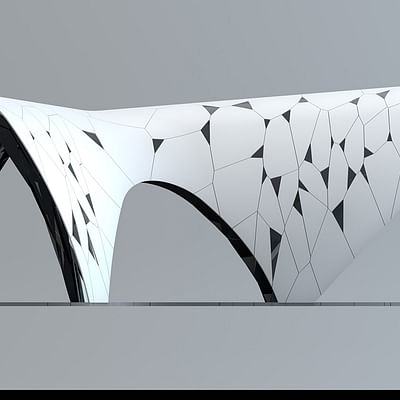
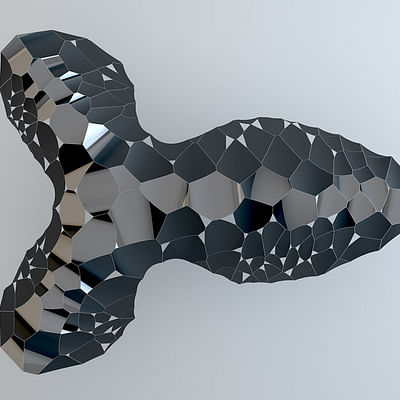


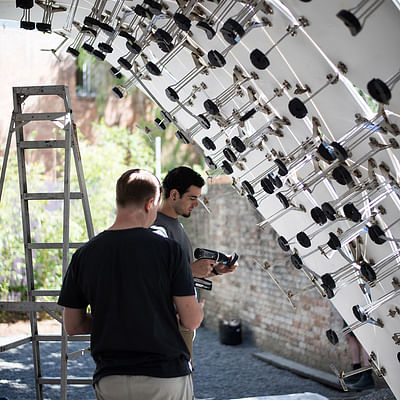


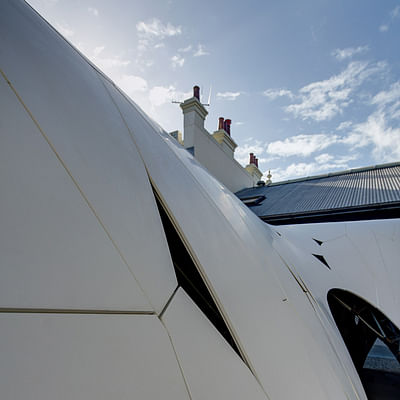


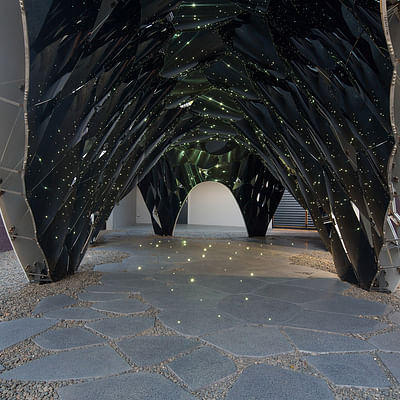

Share
0 Comments
Comment as :